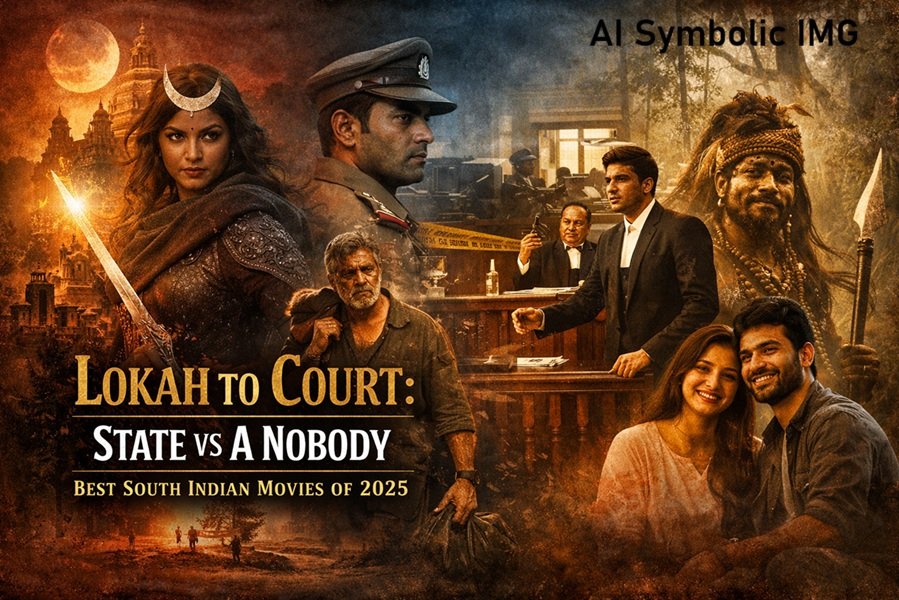
The case of Olga Tellis v. Bombay Municipal Corporation (1985) stands as one of the most significant judgments in Indian constitutional history. This landmark ruling by the Supreme Court of India highlighted the intersection of Article 21 (Right to Life) and the socioeconomic rights of vulnerable populations, particularly urban poor pavement dwellers. It established the principle that the right to livelihood is an essential component of the right to life.
Background of the Case
By the mid-20th century, rapid urbanization in India had resulted in a large influx of migrants to cities like Bombay (now Mumbai) in search of employment. Many of these migrants, unable to afford proper housing, resorted to living on pavements and in slums. However, the municipal authorities often viewed such settlements as illegal encroachments, leading to frequent demolitions and evictions.
In 1981, the Bombay Municipal Corporation (BMC) decided to demolish unauthorized structures and evict pavement dwellers as part of a city beautification drive. This decision sparked widespread protests and was challenged in the Supreme Court by several pavement dwellers, led by Olga Tellis, a social activist and journalist, along with NGOs and advocates for the urban poor.
The petitioners argued that the eviction violated their fundamental rights, particularly their right to livelihood and, consequently, their right to life under Article 21 of the Constitution. They also contended that such actions deprived them of shelter without any alternative arrangements, pushing them further into poverty and destitution.
Key Issues Before the Court
The Supreme Court was tasked with addressing the following key questions:
- Does the Right to Life under Article 21 include the Right to Livelihood?
The petitioners argued that livelihood is intrinsically linked to life, as losing one’s means of sustenance endangers survival itself. - Can pavement dwellers and slum inhabitants be evicted without violating their fundamental rights?
The Court needed to balance the rights of the poor with the state’s authority to remove illegal encroachments. - What obligations does the state have toward the urban poor?
The case raised broader concerns about housing rights, urban planning, and the state’s responsibility to ensure equitable growth.
Arguments by the Petitioners
- Right to Livelihood
The petitioners asserted that many of the pavement dwellers were daily wage laborers, domestic workers, or small vendors whose livelihood was tied to their proximity to their workplaces. Evicting them would not only render them homeless but also take away their means of survival. - Lack of Alternatives
They argued that the state had failed to provide affordable housing or rehabilitation programs, leaving them no option but to live on pavements. - Violation of Fundamental Rights
They claimed that the eviction violated Articles 14 (Right to Equality) and 19(1)(e) (Right to Reside and Settle in Any Part of the Country), in addition to Article 21.
Arguments by the Respondents (BMC)
- Illegality of Encroachments
The municipal authorities argued that pavement dwellers were encroaching on public land and violating laws, justifying their removal. - Urban Planning and Public Health
The BMC contended that such encroachments disrupted urban planning, obstructed public spaces, and posed risks to public health and safety. - No Absolute Right
They maintained that while the Constitution guarantees certain rights, these cannot be exercised at the cost of the law or public welfare.
The Supreme Court’s Judgment
The Supreme Court, in a nuanced judgment delivered by a five-judge bench, recognized the plight of the urban poor while upholding the need for lawful urban management. The key highlights of the judgment are as follows:
- Right to Livelihood as Part of Right to Life
The Court declared that the right to livelihood is an integral part of the right to life under Article 21. It reasoned that no person can live without a means of earning a livelihood, and depriving someone of their livelihood is tantamount to depriving them of life itself. - Eviction with Due Process
While the Court upheld the BMC’s authority to evict illegal encroachments, it emphasized that such actions must be carried out with due process of law. Evictions should not be arbitrary or discriminatory and must consider the humane aspects of the situation. - Rehabilitation as a State Obligation
The Court highlighted the responsibility of the state to rehabilitate those who are evicted. It underscored the need for providing alternative housing or relocation options to ensure that vulnerable populations are not left destitute. - Judicial Balancing
The judgment struck a balance between the rights of the urban poor and the requirements of urban planning and public welfare. It acknowledged the challenges faced by municipal authorities while also stressing the need for compassion and justice in policymaking.
Impact of the Judgment
- Recognition of Socioeconomic Rights
The judgment was a significant step in interpreting Article 21 to include socioeconomic rights, setting a precedent for future cases on housing, health, and education. - Role of the State
It placed a moral and constitutional obligation on the government to address the housing crisis and ensure that urban development does not come at the cost of the poor. - Strengthened Public Interest Litigation (PIL)
The case reinforced the judiciary’s role in addressing systemic issues and protecting the rights of marginalized groups through PILs. - Policy Changes
In subsequent years, governments and municipal authorities were compelled to adopt more humane approaches to slum clearance and eviction drives, including rehabilitation schemes.
Criticism of the Judgment
While the judgment was lauded for its progressive interpretation of Article 21, it also faced criticism on several fronts:
- No Absolute Protection Against Evictions
Critics argued that the Court stopped short of granting absolute protection to pavement dwellers, allowing evictions under “due process.” - Limited State Accountability
The judgment did not specify timelines or mechanisms for state rehabilitation efforts, leaving room for delays and inaction. - Urban Inequality
The case highlighted the larger issue of urban inequality and the lack of affordable housing, which remains unaddressed.
Recommended: 25 Important Supreme Court Judgements – Indian Polity
Conclusion
The Olga Tellis case remains a cornerstone in Indian constitutional law for its progressive interpretation of the right to life. It underscored the need for a humane approach to urban governance and balanced the interests of the state with the rights of the poor.
While the judgment did not completely resolve the issues of housing and livelihood, it initiated an important discourse on the rights of the marginalized in urban India. It continues to serve as a guiding precedent for cases involving the intersection of socioeconomic rights and state policies.






